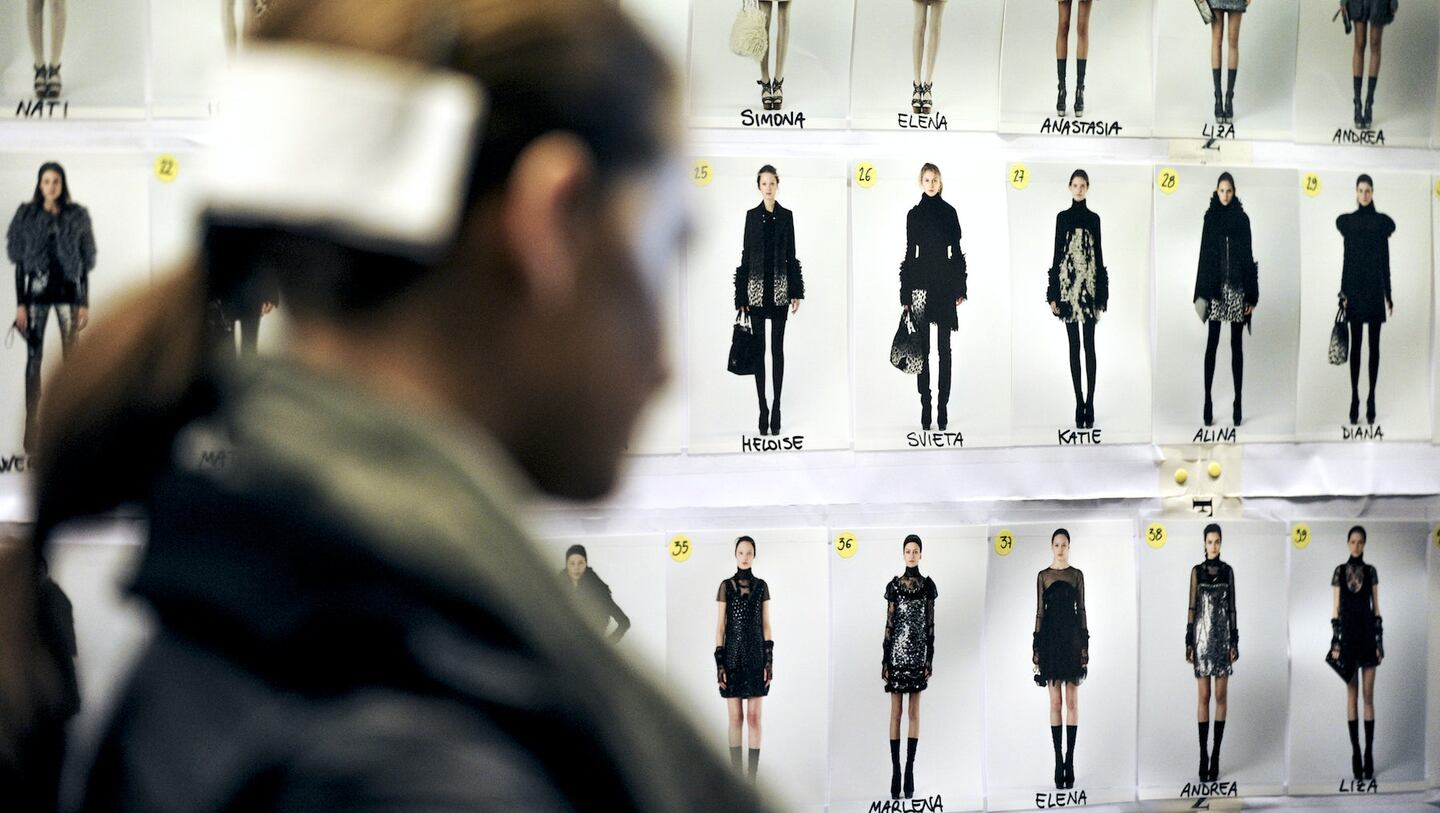
The Business of Fashion
Agenda-setting intelligence, analysis and advice for the global fashion community.

Agenda-setting intelligence, analysis and advice for the global fashion community.

LONDON, United Kingdom — At the end of a powerful talk at BoF's VOICES gathering in December, casting director James Scully offered an ultimatum: if he continued to see evidence of the bullying, cruelty and discrimination rife in fashion's modelling industry, he promised to name and shame the perpetrators publicly on social media.
During Paris Fashion Week, true to his word, Scully became fashion's whistle-blower, taking to Instagram to accuse Balenciaga casting directors Maida Gregori Boina and Rami Fernandes of abusive behaviour. But following a fashion month dominated by allegations of the mistreatment of models, one voice has gone largely unheard: that of the models themselves. Now, Models.com has published a survey asking models a simple question: "How do you, the model, want to be treated?"
The resulting series of first-person accounts, many of which were given anonymously, offer a rare insight into the dark side of the modeling industry, as told by models themselves, who often censor themselves for fear of losing their next job. Here's what they had to say.
Poor working conditions
ADVERTISEMENT
Extremely long hours were at the centre of the Balenciaga scandal, which involved 150 models waiting in a dark stairway for over three hours. Yet, one model told Models.com that was nothing compared to the 17 hours she waited for a fitting at her first big show.
For many models, poor working conditions are routine. Models typically wait hours for a casting or fitting, often without food or water. “The hours need to change and the only way this can happen is if the rest of the industry hold us at a higher priority by getting more organised to accommodate us,” one model who wished to remain anonymous told Models.com. “Don’t leave girls waiting in a small room (often without enough seating for everyone) without explaining what’s going on on the other side of the wall… I feel like I have the same relationship with food that a dog does. I’m stuck backstage or at a casting or fitting, virtually unable to leave so if no one is 'feeding' me I don’t get fed.”
When on the job, breaks are few and far between, reported several other models. “During London Fashion Week 2016, I felt dizzy and sick at a 90-minute static presentation,” said Sidney Gaston. “I went off the stage and told the casting director that I can’t keep going because otherwise I might faint while another model was throwing up three feet away from me. She told me I have to go on-stage otherwise I’m not getting paid. I wasn’t paid anyway.”
Sexual abuse
Many of those surveyed by Models.com reported degrading treatment and outright sexual abuse. “Unfortunately some clients think we are disposable dolls,” said another model, who wished to remain anonymous. “At one casting, I remember 50 girls having to stand in nude thongs waiting for two little black dresses to come. I literally felt like a cow on a farm.”
Fernanda Ly, the pink-haired Louis Vuitton model, recalled an early experience and one that continues to disturb her: “I was once shooting a look book where the stylist, helping me dress, used this chance to feel my body up much more than necessary and continued to do so throughout the entire shoot. Countless times have I had to undress in undesirable public situations, but even now I can remember the disgusting feel of this man’s hands tracing my body.”
Discrimination
Race, age and size are amongst the factors that determine whether a model will be booked — or fit the "aesthetic" of a brand. But allegations of improper race-, age- and size-based bias are widespread. “Sometimes, because I have a walk that exudes attitude or because I represent the diversity the industry needs, that in itself gets me declined jobs and should frankly be the opposite,” another anonymous model told Models.com
ADVERTISEMENT
“The industry’s reluctance to stray into the ‘middle ground’ of sizing is alarming and limiting,” added Emily Butcher. “It also completely discounts a huge proportion of society. The acceptance of each person as an individual is something that we need to keep working towards. It’s not an exclusive privilege that should only be afforded to celebrities or activists. It should be a right across the board.”
Read the full survey on Models.com
Related Articles:
[ James Scully on Fashion's Bullying, Cruelty and Discrimination of ModelsOpens in new window ]
[ The Truth Behind Fashion’s Most Diverse Season EverOpens in new window ]
[ What Really Happened at the Balenciaga Casting?Opens in new window ]
From analysis of the global fashion and beauty industries to career and personal advice, BoF’s founder and CEO, Imran Amed, will be answering your questions on Sunday, February 18, 2024 during London Fashion Week.
The State of Fashion 2024 breaks down the 10 themes that will define the industry in the year ahead.
Imran Amed reviews the most important fashion stories of the year and shares his predictions on what this means for the industry in 2024.
After three days of inspiring talks, guests closed out BoF’s gathering for big thinkers with a black tie gala followed by an intimate performance from Rita Ora — guest starring Billy Porter.